10 Big Data Storage Solutions & Systems to Use In 2026
Summarize this article with:
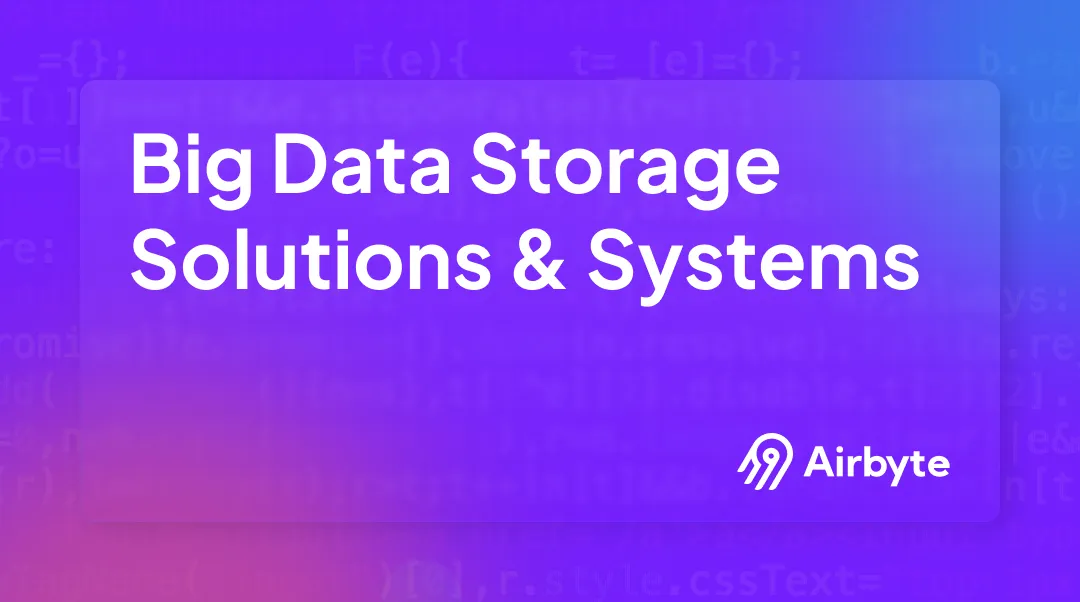

Businesses constantly struggle to store and manage massive volumes of data effectively, as traditional storage solutions fail to keep up with big data's sheer volume and complexity. They are often hampered by scalability limitations, high costs, and performance bottlenecks. To address these challenges, organizations are turning to robust big data storage solutions designed to optimize data management. These specialized big data storage systems offer a range of benefits, such as greater scalability, cost-efficiency, flexible deployment models, advanced analytics, and much more.
This article will delve into the top big data storage solutions available in 2024, allowing you to choose the best storage solution that aligns with your organization's needs. Let’s explore each in detail.
10 Powerful Big Data Storage Solutions and Systems
Here are the top 10 big data storage solutions.
1. Amazon S3
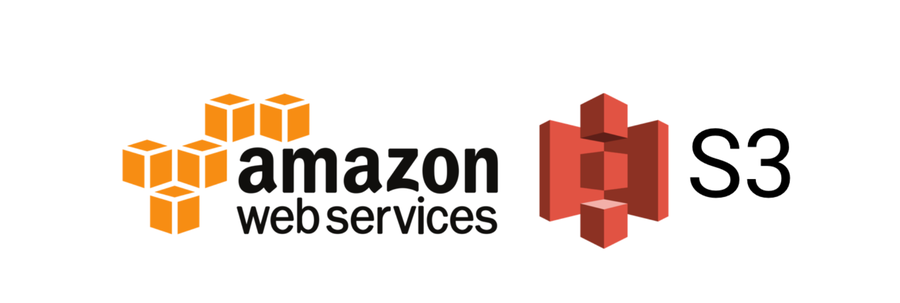
Amazon S3, or Amazon Simple Storage Service, is a highly scalable web-based cloud storage service offered by AWS. It offers various storage classes tailored to different needs. Some examples include S3 Standard for frequently accessed data or S3 Glacier for long-time archiving. S3 seamlessly integrates with other AWS services, making it an excellent choice for storing and managing data.
Here are some of the key features of Amazon S3:
- Scalability: S3 can automatically scale storage in response to your needs without compromising performance or security. This makes it ideal for businesses of all sizes, facilitating growth without significant upfront investments in data storage infrastructure.
- Durability and Availability: Amazon S3 boasts an impressive 99.999999999% durability and 99.99% availability for objects, ensuring that data is protected against loss and consistently accessible.
- Versioning: S3’s versioning feature maintains multiple iterations of an object within a bucket. This allows easy recovery from unintended user actions and application errors, providing a robust backup solution.
2. Google Cloud Storage
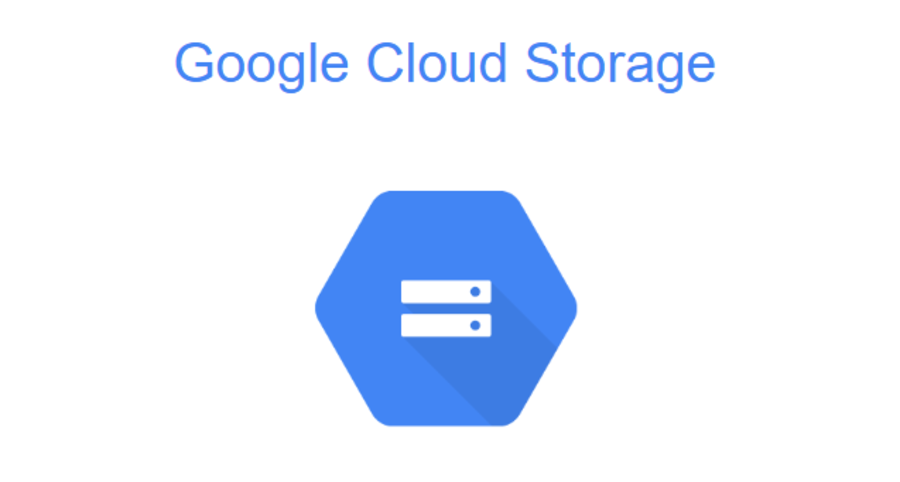
Google Cloud Storage (GCS) is a robust and highly scalable online file storage service provided by Google Cloud Platform (GCP). It facilitates the storage of unlimited data, which can be accessed at any time from anywhere, making it an ideal solution for a wide range of applications.
Here are some of its key features.
- Storage Classes: GCS provides several storage classes (Standard, Nearline, Coldline, and Archive) tailored to different needs. While Standard is optimized for frequently accessed data, Nearline, Coldline, and Archive are for less-frequently accessed data.
- Data Security: Google Cloud Storage prioritizes data security with features like automatic encryption to safeguard stored data, Identity and Access Management (IAM) for precise permission control, and comprehensive audit logging for enhanced tracking and accountability.
- Integration with Google Cloud Services: GCS seamlessly integrates with other services on the GCP. These include BigQuery for large-scale analytics and Cloud CDN for efficient content delivery, among others.
3. Microsoft Azure Blob Storage
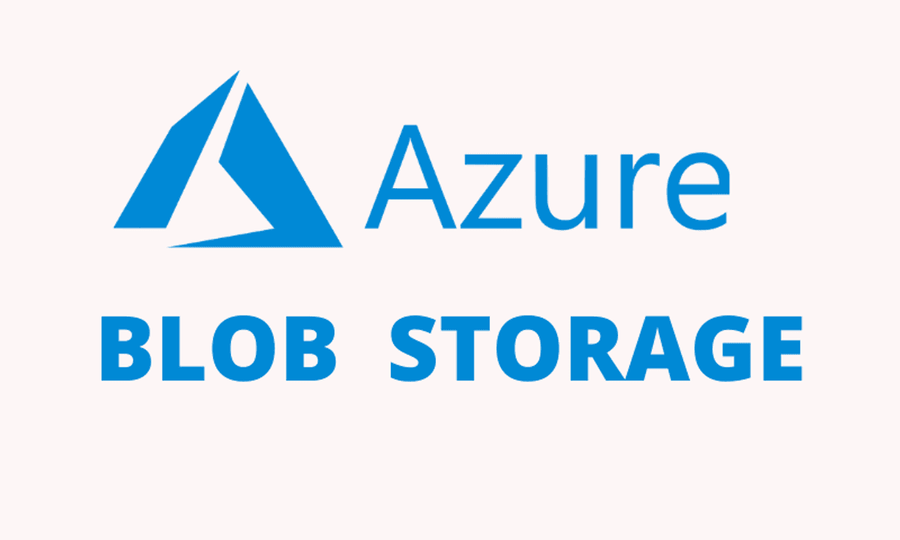
Azure Blob Storage is a scalable, secure cloud storage solution by Microsoft designed for handling massive amounts of unstructured data. It supports multiple data types, such as multimedia content, documents for distributed access, and backup. Azure Blob Storage is known for its high availability, massive scalability, and robust security features, making it a preferred choice for enterprises needing dependable cloud storage solutions.
Here are some of its key features:
- WORM Storage: Azure allows important data objects to be stored in a WORM (Write Once, Read Many) state, ensuring that data cannot be modified or deleted for a user-defined retention period.
- Scalability: It can handle data of any size, scaling up to exabytes. This makes it easy to store and manage vast amounts of data in the cloud effortlessly. Hence, the storage can easily keep up with growing requirements without any substantial changes to the existing infrastructure.
- Durability and Availability: With multiple copies of data stored across geographically dispersed data centers, Azure Blob Storage guarantees exceptional durability and high availability. This protects your data against hardware failures, site failures, and other potential losses.
4. IBM Storage
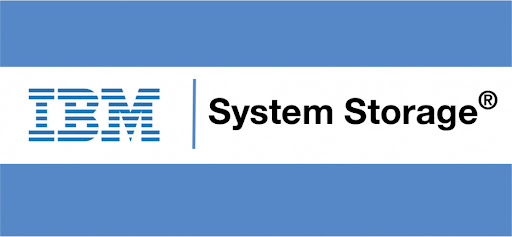
IBM Storage offers a comprehensive suite of big data storage solutions, including cloud-based services, object storage, block storage, and file storage systems. It is designed to address the complex and varied data storage needs of modern enterprises, offering high performance, reliability, and security. IBM Storage solutions are suitable for a wide range of applications, from traditional data centers to modern hybrid cloud environments, providing scalable and efficient data management capabilities.
Here are some of its key features:
- All-Flash Technology: IBM’s all-flash systems, such as the IBM FlashSystem, ensure high performance, low latency, and high reliability for various workloads. This enables faster data processing, quicker response times, and uninterrupted access to critical data.
- Cloud-Ready Systems: IBM Storage systems are cloud-ready, allowing flexible deployment in private, public, and hybrid cloud environments. This flexibility facilitates easy data and application movement between different cloud settings.
- IBM Storage Insights: IBM Storage Insights uses AI technology to provide real-time analytics and insights into storage utilization and potential issues.
5. Apache Hadoop

Apache Hadoop is one of the popular big data storage solutions open source frameworks specifically designed to address the challenges of big data storage and analysis. It enables the storage and processing of huge datasets across a network of connected computers. Hadoop is known for its high fault tolerance, scalability, and cost-effective big data storage solutions, making it ideal for big data applications.
Here are some of its key features:
- HDFS (Hadoop Distributed File System): Hadoop provides a distributed storage system called HDFS that reliably stores large data sets across machine clusters. HDFS segments data into blocks and distributes them across different nodes, ensuring high fault tolerance and availability.
- MapReduce Programming Model: Hadoop leverages MapReduce to process large datasets with a distributed algorithm, executing tasks in parallel across multiple nodes. This model breaks the data into smaller subsets, handling each with a task that can be processed in a redundant and fault-tolerant manner.
- Automatic Data Replication and Fault Tolerance: Hadoop automatically replicates data across multiple nodes, ensuring data isn’t lost even if any part of the system fails. It also dynamically redirects tasks to other nodes if one becomes unavailable, maintaining system performance and reliability.
6. MongoDB

MongoDB is a popular open-source, document-oriented NoSQL database known for its high performance, scalability, and flexibility. It is ideal for modern applications that manage large volumes of unstructured data. MongoDB’s schema-less architecture allows developers to quickly adapt to changing data requirements without extensive modifications to the database structure.
Let’s look into some key features of MongoDB.
- Document-Oriented Storage: MongoDB stores data in documents using BSON (Binary JSON), which extends the capabilities of JSON with additional data types. This aligns closely with how developers think and code, supporting rich data structures and enabling efficient data access and manipulation.
- Performance Enhancements: MongoDB enhances performance with advanced indexing, real-time aggregation, and in-memory computing features. These features speed up data retrieval and processing, helping manage large datasets and complex queries.
- Scalability and Reliability: MongoDB supports horizontal scaling through sharding distributing data across multiple servers to manage increased workloads. It also provides built-in replication for high availability and disaster recovery, ensuring applications remain accessible even during hardware failures.
7. Apache Cassandra

Apache Cassandra is an open-source, distributed NoSQL big data storage system designed to handle large amounts of data across multiple commodity servers, enhancing fault tolerance and scalability. Originally developed at Facebook to power the Inbox search feature, Cassandra is now a widely adopted database system.
The key features of Apache Cassandra include:
- Horizontal Scalability: Cassandra’s architecture is designed to scale horizontally, allowing the addition of more nodes without downtime for increasing data demands. This linear scalability ensures performance enhancements as the cluster grows.
- Peer-to-peer Architecture: Cassandra boasts a peer-to-peer architectural model, eliminating the traditional master-slave hierarchy in traditional databases. This design eliminates any single point of failure, enhancing the system's reliability and availability across multiple data centers.
- Active Everywhere: All nodes in a Cassandra cluster can handle data requests, ensuring low latency and high availability. This design is particularly beneficial for global applications, as it allows quick access to data from any geographical location.
8. Snowflake

Snowflake is a cloud-based data warehousing service that enhances data storage, processing, and analysis in a single platform. It separates compute and storage resources, allowing you to independently scale these components on the fly without downtime. Snowflake supports a variety of data types, including structured and semi-structured data. It also integrates seamlessly with various data tools like BI platforms and ETL software, making it a flexible solution for data-driven enterprises.
Some key features of Snowflake include:
- Dynamic Scalability: Snowflake provides on-demand scalability, which allows computing resources to scale up or down automatically depending on workload requirements. This helps maintain optimal performance even under heavy workloads while ensuring that resources are utilized efficiently and minimizing manual intervention.
- Massively Parallel Processing (MPP): The query processing layer in Snowflake uses MPP to execute queries concurrently across multiple virtual warehouses. Each warehouse functions independently, preventing query interference and promoting high concurrency and rapid query execution.
- Zero-Copy Cloning: Its zero-copy cloning allows you to instantly replicate databases, schemas, and tables without duplicating physical storage. This capability is crucial for testing, development, and data recovery scenarios as it enables the quick creation of data copies without additional storage costs.
9. Cloudian HyperStore

Cloudian HyperStore is a scalable, S3-compatible object storage platform designed to efficiently manage vast amounts of unstructured data. It offers a big data storage solution optimized for cloud environments, facilitating seamless data consolidation across diverse environments.
Key features of Cloudian HyperStore include:
- S3 Compatibility: Cloudian HyperStore boasts the industry’s most compatible S3 API, ensuring seamless integration with existing applications and services that utilize S3. Examples of applications include big data analytics and enterprise backup solutions.
- Unified Storage Platform: The platform merges file and object storage into a single platform, reducing the complexity and costs associated with managing separate systems. This unification simplifies data management, making it easier for organizations to store, access, and analyze their data, regardless of format.
- Bimodal Data Access: HyperStore supports dual-mode data access, allowing data to be accessed as either files or objects. This flexibility facilitates the sharing of information across both legacy and modern applications, enhancing operational efficiency.
10. Amazon Redshift
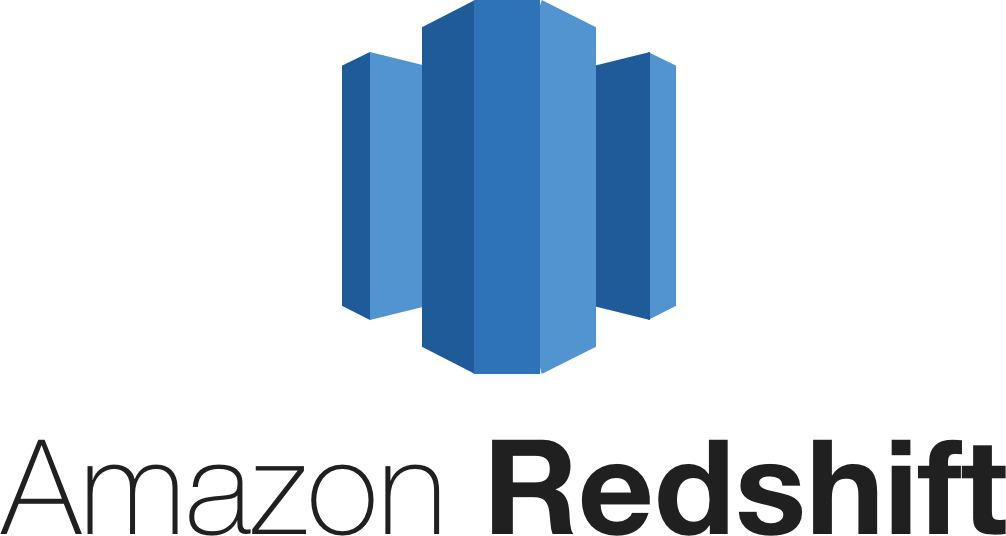
Amazon Redshift by Amazon Web Services is a fully managed data warehouse service capable of handling petabyte-scale data. It utilizes Massively Parallel Processing (MPP) architecture to efficiently analyze and process large volumes of data. Redshift supports SQL-based querying and integrates seamlessly with various AWS services, enhancing analytics and business intelligence capabilities. It offers cost-effective storage solutions and scalability, dynamically adjusting resources based on demand to ensure optimal performance and cost management.
Here are some of the key features of Redshift:
- Columnar Storage and Data Compression: Redshift employs columnar storage and advanced compression techniques to minimize I/O and accelerate query performance. This makes it highly efficient for handling large datasets.
- Concurrency Scaling: Redshift's concurrency scaling feature allows for virtually unlimited concurrent users and queries with consistent performance. This helps dynamically add computing resources during peak workloads.
- Redshift Spectrum: This feature allows you to perform queries directly on your data stored in Amazon S3, extending Redshift’s analytical capabilities beyond the locally stored data. You can use the same SQL syntax of Redshift to run complex queries across your S3 data.
How Does Airbyte Simplify Data Integration Across Different Data Storage Solutions?
Manually moving data from multiple sources into your chosen big data storage solution can be complex and time-consuming. However, data integration tools like Airbyte can significantly simplify the process.

Airbyte is a versatile platform for data integration and replication. It allows you to easily load data from multiple sources to your preferred data warehouse or Big Data platform. With over 350 pre-built connectors or the option to create a custom one with their Connector Development Kit, Airbyte offers flexibility for diverse data integration needs. Setting up a data pipeline with Airbyte is straightforward; some basic technical understanding is beneficial to configure and optimize data flows effectively. Once you load your data into your desired Big Data Storage solution, you can leverage its capabilities for further analysis.
Conclusion
Choosing the right big data storage solution is essential for effective data management. These solutions offer the scalability, security, and performance needed to unlock insights and drive business growth. By investing in the right solution, you ensure your data is always accessible and analysis-ready, giving you an added edge over your competitors and driving better growth.
What should you do next?
Hope you enjoyed the reading. Here are the 3 ways we can help you in your data journey:



Frequently Asked Questions
What is ETL?
ETL, an acronym for Extract, Transform, Load, is a vital data integration process. It involves extracting data from diverse sources, transforming it into a usable format, and loading it into a database, data warehouse or data lake. This process enables meaningful data analysis, enhancing business intelligence.
This can be done by building a data pipeline manually, usually a Python script (you can leverage a tool as Apache Airflow for this). This process can take more than a full week of development. Or it can be done in minutes on Airbyte in three easy steps: set it up as a source, choose a destination among 50 available off the shelf, and define which data you want to transfer and how frequently.
The most prominent ETL tools to extract data include: Airbyte, Fivetran, StitchData, Matillion, and Talend Data Integration. These ETL and ELT tools help in extracting data from various sources (APIs, databases, and more), transforming it efficiently, and loading it into a database, data warehouse or data lake, enhancing data management capabilities.
What is ELT?
ELT, standing for Extract, Load, Transform, is a modern take on the traditional ETL data integration process. In ELT, data is first extracted from various sources, loaded directly into a data warehouse, and then transformed. This approach enhances data processing speed, analytical flexibility and autonomy.
Difference between ETL and ELT?
ETL and ELT are critical data integration strategies with key differences. ETL (Extract, Transform, Load) transforms data before loading, ideal for structured data. In contrast, ELT (Extract, Load, Transform) loads data before transformation, perfect for processing large, diverse data sets in modern data warehouses. ELT is becoming the new standard as it offers a lot more flexibility and autonomy to data analysts.
